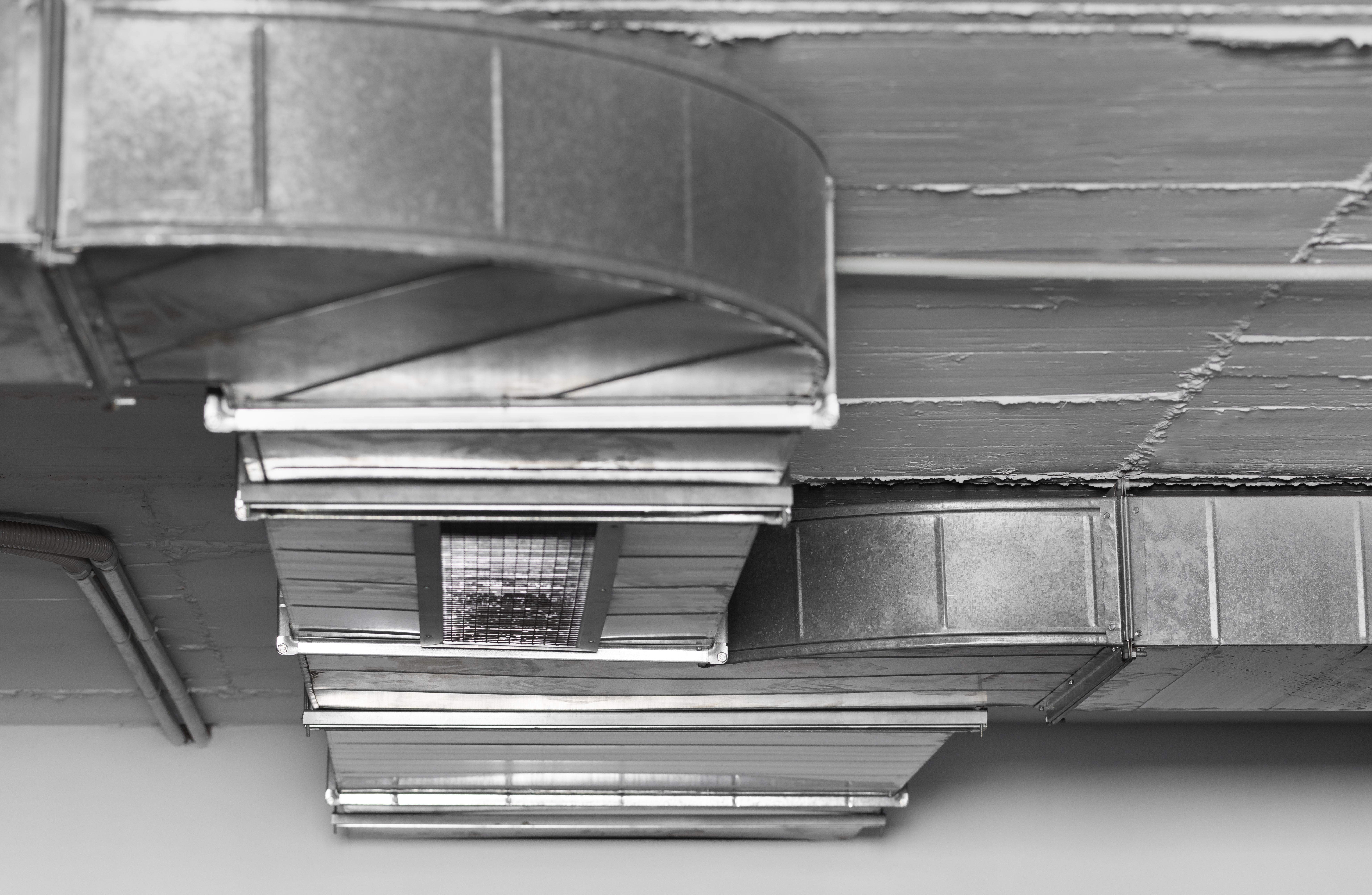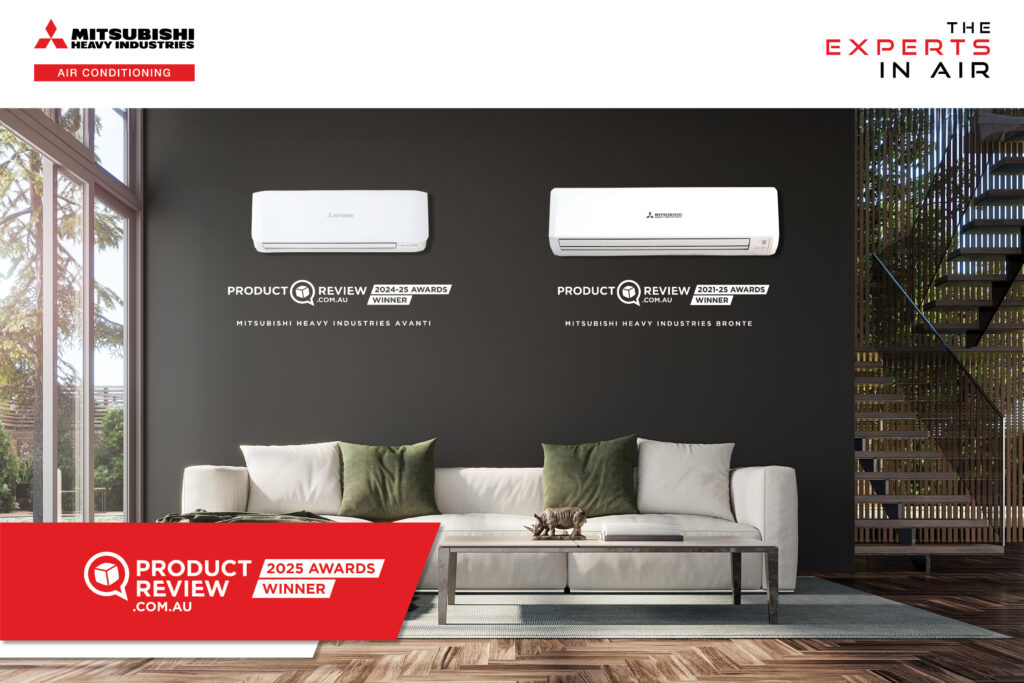AIRAH develops short course on ASHRAE Standard 241

Ecolibrium speaks with Brad Prezant, Affil.AIRAH, instructor of the Institute’s new short course on ASHRAE Standard 241.
Published in July 2023, ASHRAE Standard 241 – Control of Infectious Aerosols establishes minimum requirements for reducing the risk of disease transmission through exposure to infectious aerosols.
Brad Prezant, Affil.AIRAH, sits on the ASHRAE committee that established the 241 standard. He has now developed an AIRAH short course to teach HVAC&R professionals in Australia how to implement the standard.
“The target audience for the ASHRAE 241 course is building owners and operators – people who have responsibility for multiple buildings,” Brad says.
“The course is also very useful for engineers who design systems. It would be great if, when you’re building a system, you could design in a provision to operate it in an infection control mode.”
Brad points out that ASHRAE 241 can be implemented in a broad range of settings, all of which are covered in the AIRAH course.
“It’s not limited to commercial buildings – there are healthcare occupancies addressed, as well as single- and multi-family residential occupancies.”
Flicking the switch
One of the key features of ASHRAE 241 is that it doesn’t set out default settings for building HVAC systems. Instead, it establishes the requirements for an infection risk management mode (IRMM) that can be switched on or off according to need.
This means building managers can activate IRMM at times of heightened risk or increased occupancy, then deactivate it at times of reduced occupancy.
However, Brad points out that there are benefits to using the IRMM capability even when
“Operating in what ASHRAE 241 describes as ‘infection reduction management mode’ can have benefits even when there isn’t a pandemic, particularly for densely occupied environments,” he says.
“If you take a very dense occupancy situation such as a school, where you’ve got 20 or 30 people in a classroom, there’s a lot of non-COVID infection that spreads around – all kinds of respiratory infections. Operating in IRMM is one way to address the ongoing, underlying endemic infection that might be present, as opposed to the epidemic.”
“I think of ASHRAE 241 as a very flexible set of tools that building owners can implement when they feel there is need for additional protection against infection,”
Brad Prezant, Affil.AIRAH
A flexible toolkit
Brad describes the standard not as a prescriptive set of rules, but as a toolkit that allows building managers, mechanical engineers, and HVAC system designers to protect occupants in the most feasible way.
“I think of ASHRAE 241 as a very flexible set of tools that building owners can implement when they feel there is need for additional protection against infection,” he says.
He notes that the standard doesn’t rely on any one solution, but on a mix of solutions that can be tweaked to provide the desired result under the building’s specific set of conditions.
“Increased ventilation is not always entirely feasible, so there are a whole bunch of other ways that infection can be minimised, such as using filtration, using treatment, or reducing occupancy,” Brad says.
“If you have five people per 100m2 in a typical office building in the CBD, it’s not a particularly dense environment. But when you get lots of people close by, it’s very hard to get sufficient outdoor air intake to create enough dilution to manage infection alone. That’s when we want to use other technologies such as filtration.
“And even if mechanical solutions are not practical, one can simply reduce occupancy using the guidelines in this standard to achieve minimal risk.”
Brad points out that, if it weren’t for the COVID-19 pandemic, we probably wouldn’t be thinking about the importance of infection management in HVAC today.
“Infection control was never on our radar screen when it came to designing HVAC systems,” he says. “After the pandemic, everyone is asking a different question: how can we use HVAC systems to minimise the risk of infection rather than infecting people?”
““After the pandemic, everyone is asking a different question: how can we use HVAC systems to minimise the risk of infection rather than infecting people?”
Brad Prezant, Affil.AIRAH
About the instructor


Brad Prezant, Affil.AIRAH, is a public health and occupational health scientist with an epidemiology and public health focus and perspective. He is a member of AIRAH’s Indoor Air Quality Special Technical Group and will run the workshop session on May 25 leading up to AIRAH’s 2025 Indoor Air Quality Conference.
As an occupational hygienist, Brad assesses workplaces for routine occupational health issues, as well as the strange, unusual, and difficult. He assesses buildings for air quality and ventilation, incorporating both public/occupational health and engineering considerations.
Brad holds degrees in public and environmental health with a focus on occupational health and epidemiology, and general administration, both from the University of Washington. He served as an affiliate associate professor at the UW School of Public Health & Community Medicine for 15 years.
Brad is a certified air quality professional and was previously certified as a professional ergonomist. He is the immediate past Vice-President of the International Society of Indoor Air Quality & Climate. He is a WELL-accredited professional and assessor, and sits on the WELL advisory board for air quality.
Brad is currently a member of ASHRAE Standard 241 – Control of Infectious Aerosols. He provides support for building managers who wish to minimise infection transmission through various mitigation measures, including air cleaning technologies, UV or other air treatment, and outdoor air ventilation.
Brad directed a team of academic scientists, professional engineers, and mechanical contractors on behalf of Coronavirus Quarantine Victoria to assess and remediate Victorian hotels early in 2021 prior to re-opening the hotel quarantine program. These assessments resulted in mechanical modification of the ventilation systems to improve performance and reduce infection transmission.
About the course
AIRAH’s short course on ASHRAE 241 provides an overview of the framework for planning, design, operation, and maintenance of systems that reduce risk of airborne infection transmission in ASHRAE 241 – 2025. The two-hour online course is in the final stages of its development and will be available later in 2025.
For more information about AIRAH’s technical courses, click here.

This article appears in Ecolibrium’s Winter 2025 edition
View the archive of previous editions
Latest edition
See everything from the latest edition of Ecolibrium, AIRAH’s official journal.





